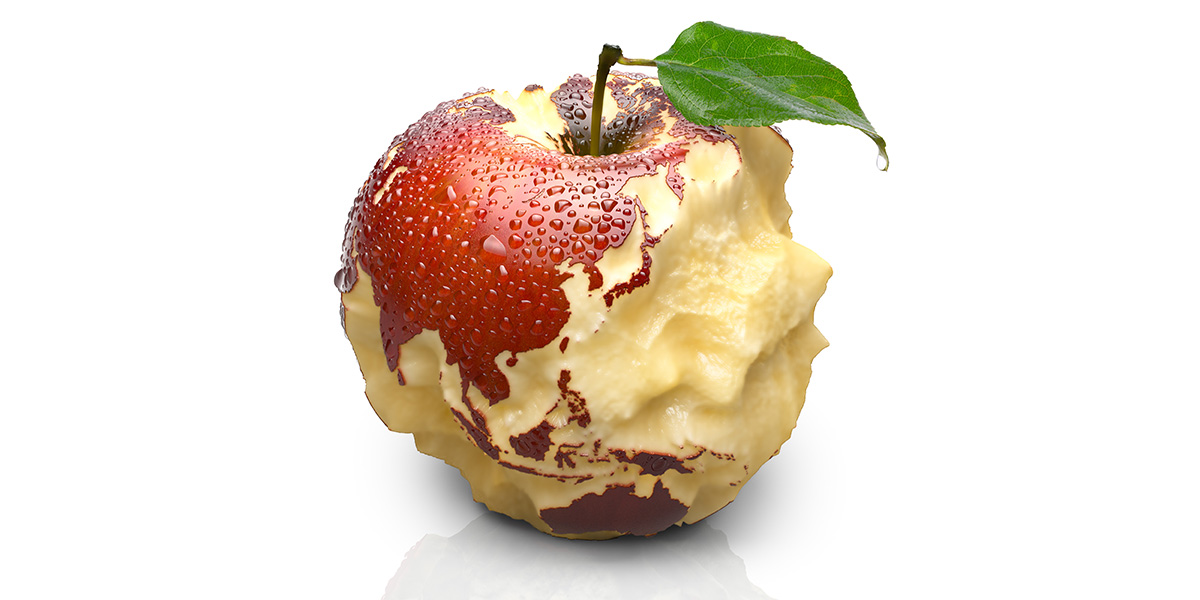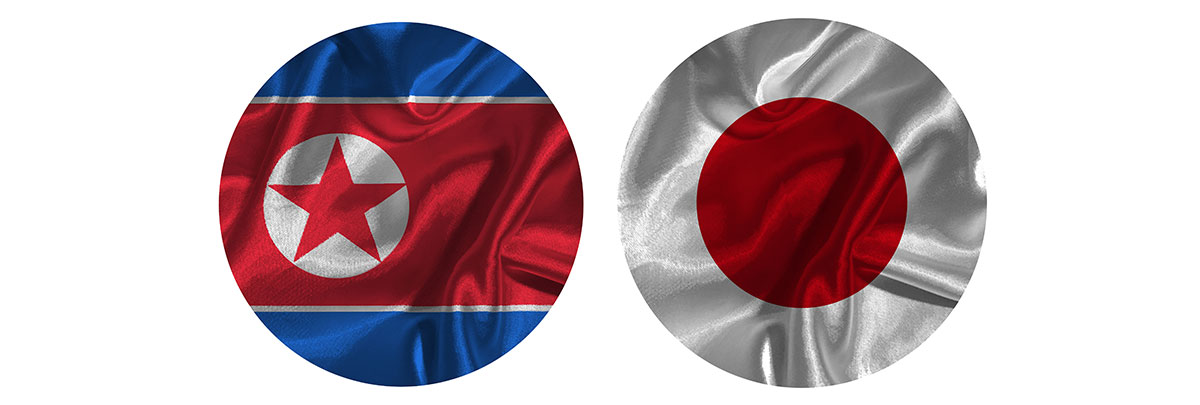
Today’s article is the very first one that references IICore (International Ideographs Core), which is best described as a region-agnostic subset that includes the most commonly used CJK Unified Ideographs in Unicode, and is intended for use in memory-challenged devices and environments. Included are 9,810 ideographs, the bulk of which are in the URO (9,706), with the remaining ones in Extensions A (42) and B (62).
IICore is instantiated as the kIICore property of the Unihan Database, and documented in UAX #38. The kIICore property values consist of an initial letter—A, B, or C—that indicates priority, followed by one or more letters that specify a source that more or less corresponds to a region: G, H, J, K, M, P (short for KP), and T.
Continue reading…







